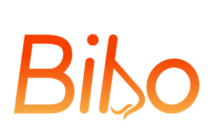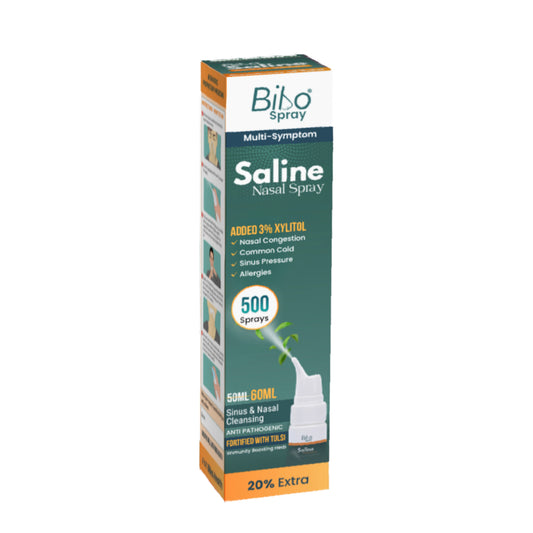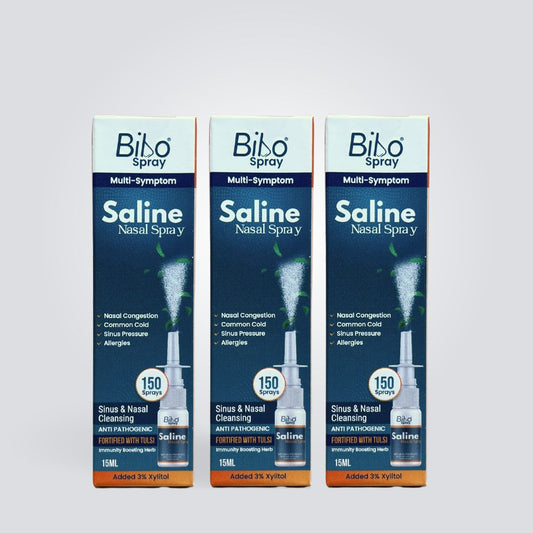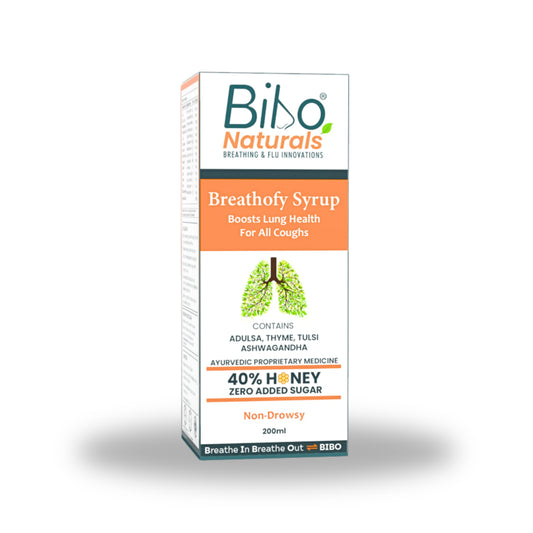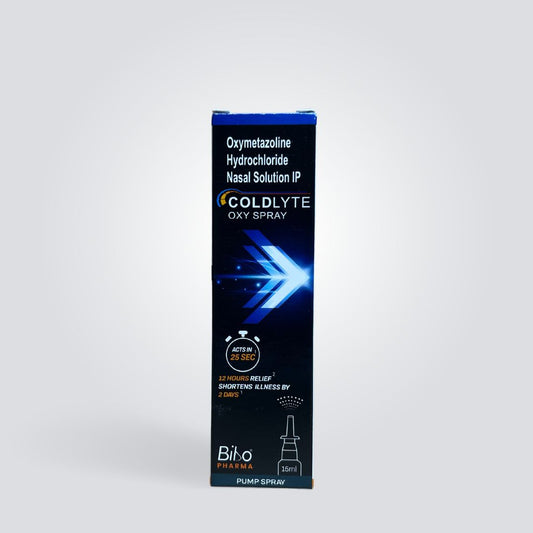Summary
After reading this blog, you will know.
What is Fexofenadine hydrochloride?
What are the uses of
Fexofenadine hydrochloride?
Why is Fexofenadine better than other
antihistamines?
What are the different formulations of Fexofenadine
hydrochloride?
What are the drug interactions of Fexofenadine
hydrochloride?
Is Fexofenadine better than Cetirizine?
Why can't you drink orange/ apple/ grapefruit juice with Fexofenadine?
Allergy is a condition in which our body reacts to certain foreign particles (which are generally not
harmful) abnormally. People may be allergic to house dust, pollutants, pollen grains, animal fur or certain
food items (most commonly nuts)
Histamines are chemicals that are released by our body during an
allergic reaction. The release of histamine may cause or provoke sneezing, cough, sore throat, blocked or
runny nose, sinus or nasal congestion, itchy or watery eyes, etc.
What is Fexofenadine hydrochloride?
Fexofenadine is a
medicine that belongs to a class of drugs called antihistamines. It blocks the action of histamine by
binding to the histamine receptors and preventing the effects of histamine such as sneezing, itching, runny
nose, sore throat, coughs, etc.
It belongs to the newer generation of antihistamines and is
non-drowsy.

What are the uses of Fexofenadine hydrochloride?
Fexofenadine is used for the treatment of
- Hay fever (allergic rhinitis)
- Itching
- Urticaria (skin rashes that are triggered by certain food, medicines or other irritants)
- Symptomatic relief from insect bites and stings
- Allergic conjunctivitis (red, itchy and watery eyes)


Why is Fexofenadine better than other antihistamines?
Fexofenadine is a newer generation antihistamine and is known to be non-drowsy.
Antihistamines are known to cause sedation. Hence, it is preferred to take them during the night. Fexofenadine, being non-drowsy, can be taken during the day to manage allergic symptoms such as nasal congestion, sneezing, cough, sore throat, and itchy and watery eyes without causing drowsiness.
Fexofenadine shows a longer duration of action (approximately 24 hours). Hence, a once-daily dose is sufficient to manage the symptoms.
What are the different formulations of Fexofenadine hydrochloride?
Fexofenadine hydrochloride is available in oral form as a tablet. It is available in different dosage forms: 120 mg (for allergic rhinitis) and 180 mg (for urticarial and other skin allergies). It is also available as a 30mg tablet for children above 6 years.
What are the drug interactions of Fexofenadine hydrochloride?
Some drugs (medicines) may interfere with the effectiveness of fexofenadine. Hence, it is always better to inform your doctor about all the medicines you are currently taking to avoid any possible interactions.
- Antacids containing aluminium or magnesium hydroxide may reduce the effectiveness of fexofenadine when taken at the same time. Hence it is always better to maintain a gap of at least 2 hours between these medicines.
- Certain fruit juice such as apple, orange, and grapefruit may reduce the effectiveness of fexofenadine. Hence avoid taking fexofenadine with these juices. It is better to take fexofenadine with a glass of water.
- Taking fat-rich food items may decrease the effectiveness of fexofenadine. Hence, it is better to avoid taking fat-rich foods while taking fexofenadine.
Is Fexofenadine better than Cetirizine?
Fexofenadine hydrochloride is a newer generation antihistamine which is non-drowsy, while cetirizine is likely to cause sedation. This makes fexofenadine the drug of choice in managing allergic reactions without causing sedation. It can be used during the daytime in people who have allergic reactions and cannot use antihistamines due to the fear of drowsiness.
Why can't you drink orange/ apple/ grapefruit juice with Fexofenadine?
Certain fruit juices, including grapefruit, orange, and apple, may decrease the effectiveness of fexofenadine. Hence, it is better to avoid taking these fruit juices with fexofenadine.
What are the side effects of Fexofenadine?
Like any other medicine, fexofenadine may also cause side effects. Generally, these effects are mild and will resolve with time. But if you experience the rare side effects mentioned below, discontinue the medicine and consult a doctor or visit a nearby clinic immediately.
Common:
- Nausea and vomiting
- Headache
- Dry mouth
- Cough
- Body pain
- Diarrhoea
- Nervousness
- Drowsiness
- Nightmares
- Insomnia (difficulty in sleeping)
Rare:
- Chest tightness
- Swelling in the face, lips, tongue, throat, feet, hands,
- Shortness of breath
Who should not take Fexofenadine hydrochloride?
Although fexofenadine hydrochloride is safe to use there are certain individuals and conditions in which it should not be used.
- Fexofenadine should not be taken by children below 5 years.
- Fexofenadine should not be taken if you are allergic to it.
- Consult a doctor before taking fexofenadine if you have liver, kidney or heart problems.
What time of day is best to take Fexofenadine?
Fexofenadine is a non-drowsy antihistamine. Unlike other antihistamines, fexofenadine can be taken even in the daytime.
However, it is better to take fexofenadine at the same time every day.
Can I drink alcohol while taking Fexofenadine?
Although fexofenadine is non-drowsy, it may make some people sleepy. Hence, it is better to avoid drinking alcohol while taking fexofenadine as it may increase the side effects of fexofenadine.
Can Fexofenadine be taken in pregnant and lactating mothers?
Although medicines are not directly taken by infants they may still reach their blood by a passive method. When a lactating woman is taking medicines, some of them can reach and affect their child through breast milk.
Several drugs can harm the developing child when taken during pregnancy. The safety of fexofenadine in pregnant and lactating women is limited. It is always better to consult a doctor before taking any medicine (including Fexofenadine) during pregnancy and lactation.
References:
- Meltzer EO, Rosario NA, Van Bever H, Lucio L. Fexofenadine: review of safety, efficacy and unmet needs in children with allergic rhinitis. Allergy Asthma Clin Immunol. 2021 Nov 2;17(1):113. doi: 10.1186/s13223-021-00614-6. PMID: 34727966; PMCID: PMC8561980.
- Axelrod D, Bielory L. Fexofenadine hydrochloride in the treatment of allergic disease: a review. J Asthma Allergy. 2008 Sep 19;1:19-29. doi: 10.2147/jaa.s3092. PMID: 21436982; PMCID: PMC3121339.
